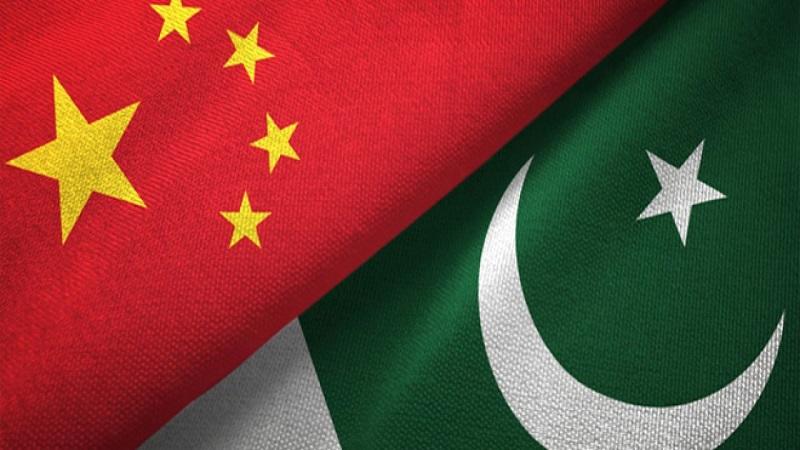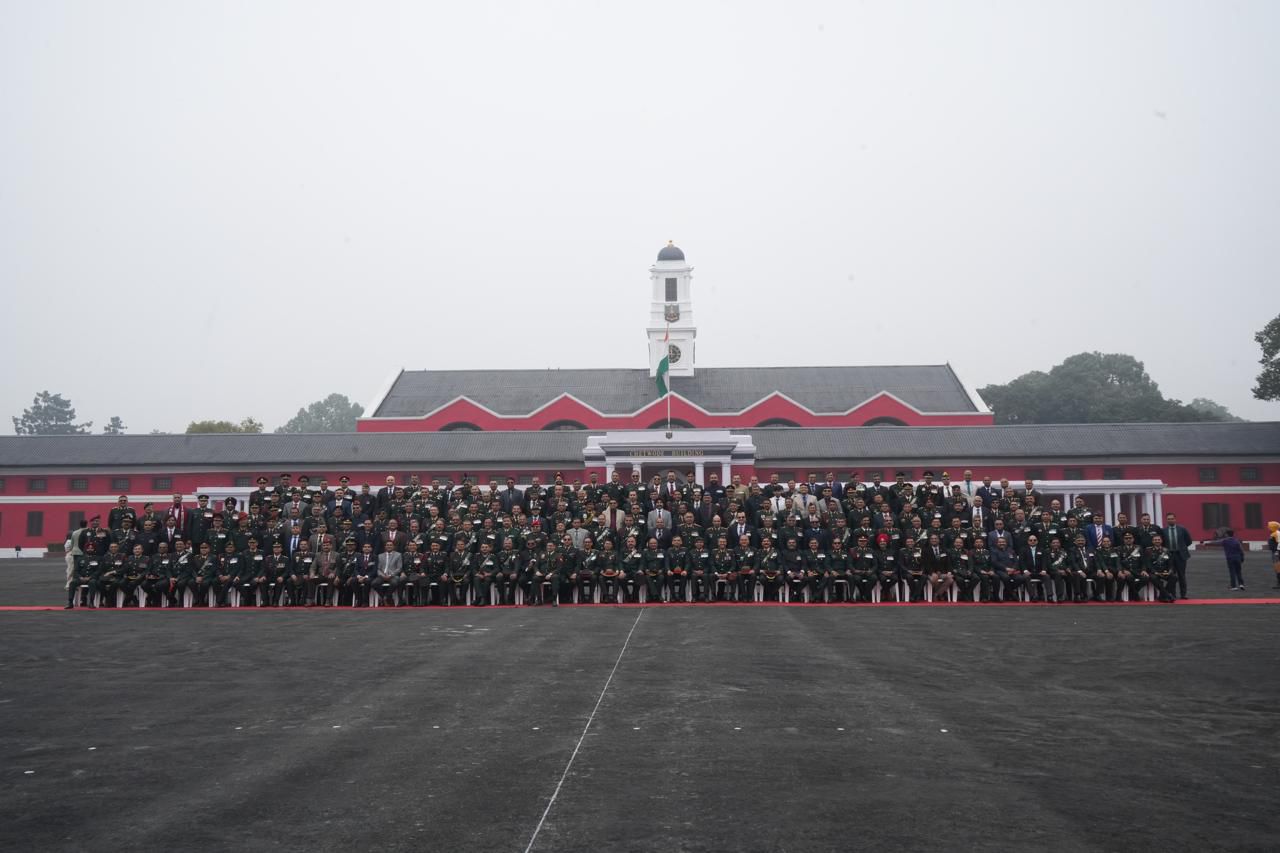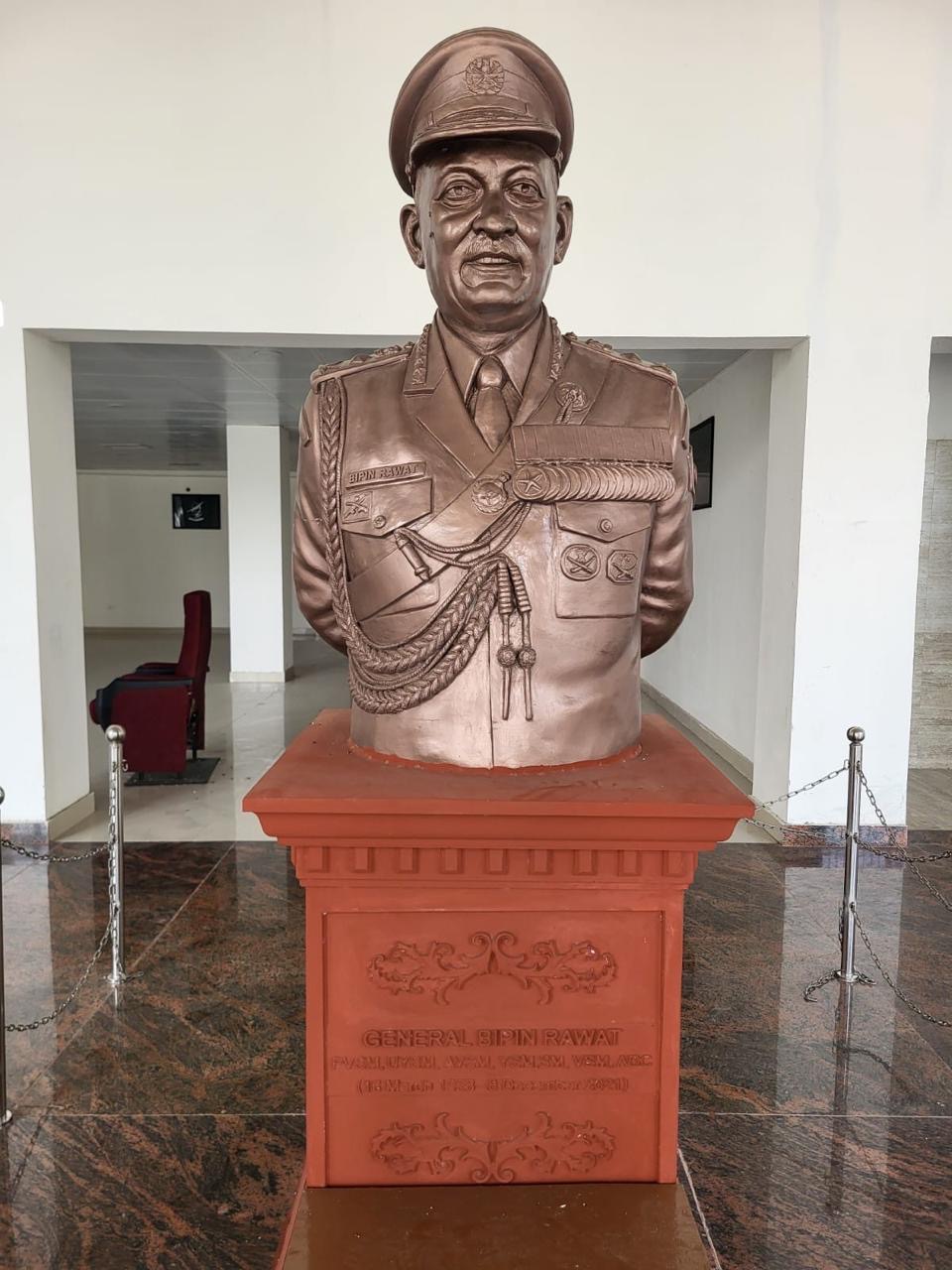
Pakistan’s relationship with the USA has drifted over the last decade, causing them to align with the Chinese Communist Party (CCP).
Pursuits that started as business relationships gradually consolidated into strategic ties. India’s expanding relationship with Washington further fuelled Pakistan’s belief that a strong relationship with Beijing would provide it with strategic depth. This relationship with the CCP has blinded Pakistan to such an extent that, in spite of their ancestors having been under the yoke of colonialism in undivided India, Pakistan is unable to discern CCP’s devious agenda to re-colonise them.
Akin to the British Empire which had established colonies across the world in the 19th Century, CCP adopted a “development” agenda under the infamous “Belt Road Initiative (BRI)” to employ its industrial over-capacity overseas, while also establishing a foothold in subscribing countries. BRI is closely associated with the CCP and this project has only benefitted CCP’s State Owned Enterprises, which have the funding and connections to successfully lobby for BRI contracts.
CCP’s long-term strategy has been to achieve a foothold in the Indian Ocean for which it has gained a stranglehold over Gwadar, in an attempt to secure its energy supplies and movement of goods. CCP’s infiltration into Pakistan began with Gwadar and has thereafter remained typically low-key and reserved, to avoid domestic backlash in Pakistan. Civilian facilities were built initially and operations were run through private firms to avoid any impression of military presence.
With their sights set on long-term benefits, CCP “did more and talked less” until it took control of CPEC projects and began steering them on their own terms. The “flagship” project in Pakistan, China-Pakistan Economic Corridor (CPEC), has infiltrated so deep into Pakistan that it is threatening many sectors of Pakistan’s economy. CCP has attached much attention to “connotative development”, diligently developing less visible capabilities while rapidly accumulating resources. In doing so, CCP has remained extremely cautious and avoided pursuit of aggrandizement.
With its antennae extended and feet well entrenched, CCP is exploiting the right opportunities to make a windfall in geopolitics, business, infrastructure and even agriculture inside Pakistan. It however remains unexplained how the common Pakistani and their domestic enterprises would benefit from the long-term deal of CPEC. So blinded is Pakistan in pursuing its anti-India agenda, it has chosen to ignore the dangers of its current path.
Pakistan has ignored warnings that CCP’s “chequebook diplomacy” is essentially “debt trap diplomacy”. CCP has taken the BRI route to address its over-capacity issues, open up external markets, and offset rising domestic labour costs. Many CPEC projects are funded by financial institutions backed by the CCP and explicitly or implicitly require Pakistan to mandatorily outsource projects exclusively to Chinese companies. CCP’s large-scale infrastructure development in CPEC continues to be devoid of any corresponding investments in local human capital and future self-reliance. Beijing’s strategy is to position itself as a fish hawker in Pakistan, but not teach Pakistan how to fish.
It is also surprising that settlement of hundreds of thousands of Chinese citizens in Pakistan in pursuance of CPEC projects has remained almost unnoticed. CCP’s model in this regard is reminiscent of the first wave of European colonialism, when small trading posts were established on the coasts of Asia and Africa. Large-scale settlements of Chinese nationals for CPEC will have troubling demographic consequences for Pakistan since some of the less populated provinces (Baluchistan) will be outnumbered by Chinese expatriates in coming decades. Such a demographic shift will also result in Chinese expatriates taking control of local industries and economy.
Pakistan’s cooperation with CCP’s media for “dissemination of Chinese culture and language in Pakistan”, riding on the national fibre optic backbone being established as part of a project related to CPEC, is incredulous and raises serious suspicions.
It is apparent that CCP’s re-settlement of a sizable numbers of their citizens under the pretext of CPEC and intrusion of Chinese culture and language in Pakistan is turning Pakistan into a Chinese imperium in imperio, or “State within a State”. Pakistani authorities seem to be oblivious to the risks associated with this model, for both their economy and domestic security. The decision to merge Gilgit-Baltistan due to pressure from Beijing is another example of an ill-advised decision.
Pakistan is unmindful that it is becoming increasingly indebted and indentured to China; a debt that is going to cost Pakistan its sovereignty and threaten to turn the “Islamic Republic of Pakistan” into a “Chinese Colony of Pakistan (CCOP)”!







